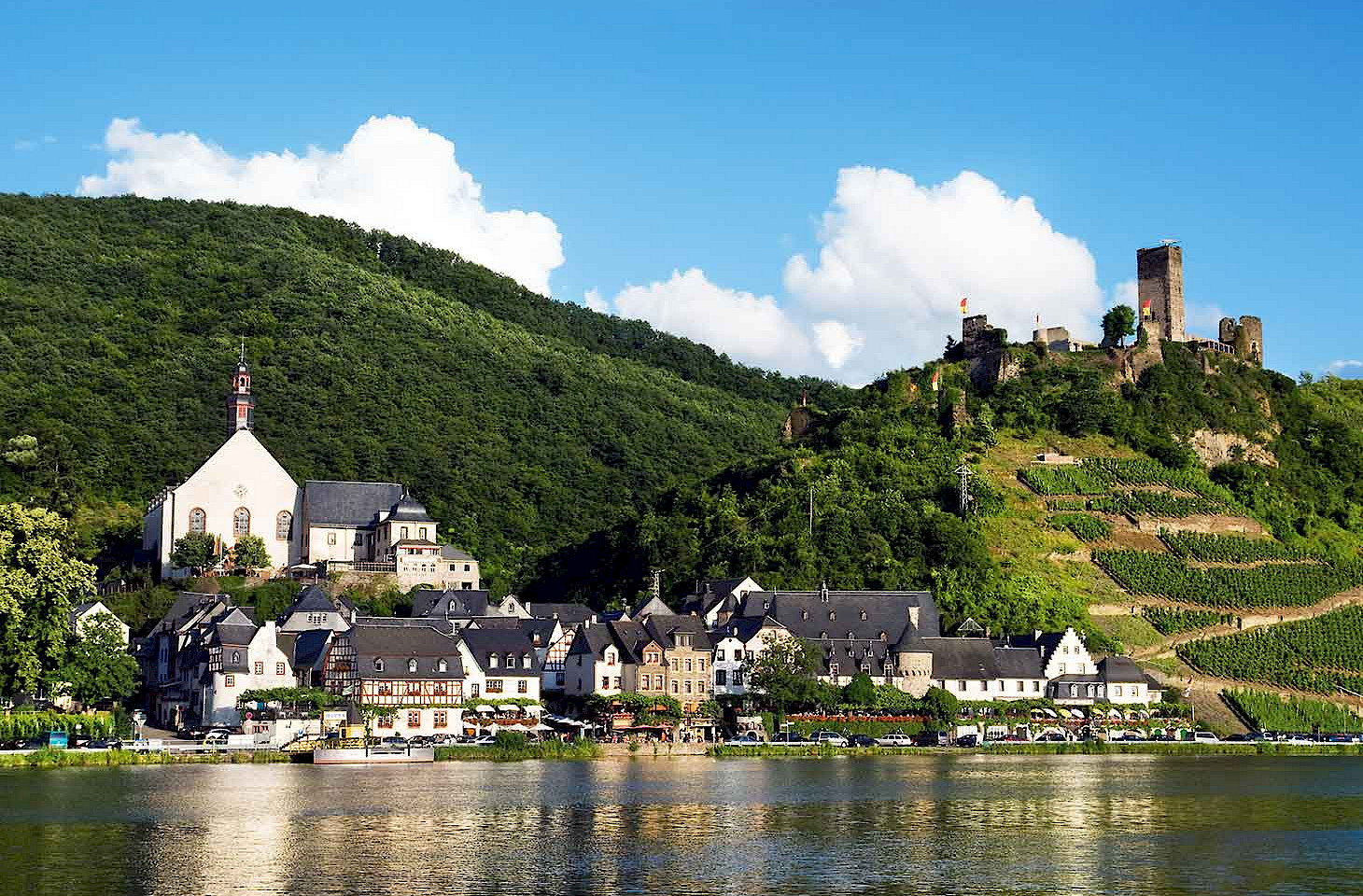Dear fellow travellers
Norway's only active volcano is rarely visited by tourists. It happens also to be the northernmost active volcano on the planet. True, Beerenberg is no Stromboli, and the volcano's fiery fury is limited to just occasional outbursts. The two most recent eruptions were in 1970 and 1985. Beerenberg is on the island of Jan Mayen, a North Atlantic outpost of Norway, that lies about half way between Iceland and Spitsbergen. Jan Mayen is one of the most isolated inhabited places on earth; the nearest land is the east coast of Greenland, over four hundred kilometres away to the west.
Jan Mayen has no indigenous population, and the twenty or so souls who are on the island at any one time are generally staff of the Norwegian meteorological service or military personnel. This onetime whaling station became a regular stop off point for early Arctic explorers, but the island didn't become Norwegian territory until the 1920s. Jan Mayen was the only part of Norway to remain under Norwegian control throughout World War II, but that didn't stop a secret German landing there in 1944 to install an automatic weather station, which remained undetected for a whole winter.
Jan Mayen is beginning to be discovered by cruise companies who bring their passengers ashore on Zodiac landing craft for the chance to wander Jan Mayen's mossy shores, explore the old Dutch whaling station, and even send a postcard from the tiny post office at Olonkinbyen. Tough ships, like the Grigoriy Mikheev and the Professor Molchanov, both originally built as research vessels, carry about four dozen passengers on cruises that take in Iceland, Jan Mayen and Spitsbergen. Both vessels are scheduled to stop off at Jan Mayen in mid June. Later this summer, two further cruise ships are due to call at Jan Mayen, one the Holland America Line's giant Prinsendam. If all 793 passengers really do go ashore, then that will surely be the largest number of humans ever to have been on Jan Mayen at one time. One wonders how the post office will cope!
Individual travel to Jan Mayen is well nigh impossible. The tiny airstrip is served only by Norwegian military aircraft, which bring in supplies and mail, and collect the outgoing post. But for those with a passion for armchair travel, Jan Mayen secures an entire chapter in the latest edition of the Bradt Guide to Spitsbergen. Most of the book is, naturally, devoted to the Spitsbergen archipelago, but it concludes with chapters on Franz Josef Land (part of Russia) and Jan Mayen, both outposts of Europe that most of us will never get to visit.
scrimshaw and more in the Azores
While Norwegian ships still visit the waters around Jan Mayen in pursuit of whales, the fishing communities in the Azores, much further south in the Atlantic, have long since given up whaling. Like Jan Mayen, the Azorean island of Faial is dominated by a single volcano, but the Cabeco Gordo is happily quiescent these days. But older people on Faial still talk about the time back in late 1957, when earthquakes shook the whole island, and the seawaters off the northwest coast bubbled and boiled as a volcanic eruption gave birth to a new island.
In Horta, the only real town on Faial, most visitors run across Peter's Café Sport sooner or later. Peter was one José Azevedo, an energetic character who was evidently a mainstay of Horta life. When the Portuguese premier took the visiting King of Spain to Horta last summer, Peter's Café Sport was the obvious place for lunch. Sadly, José Azevedo passed away last November, and the man who modestly played host to royalty and many dozens of transatlantic yachtsmen is no more. But his legacy lives on in the café, now managed by his son, and in the quirky Museu de Scrimshaw, in a gallery above the café. This is a superb collection of engraved and etched whale's teeth, eclectic monochrome designs that serve as a reminder that life on the old whaling vessels afforded long hours of boredom which might easily be devoted to the delicate art of scrimshaw.
hidden europe returns to the Azores in the July 2006 issue, but meanwhile our May 2006 number, published yesterday, affords a happy adventure through eclectic Europe and beyond, with essays on an episode in the history of the German Democratic Republic, visits to Macedonia, Jersey and much more. Click here for the full table of contents.
Nicky Gardner and Susanne Kries
(editors, hidden europe magazine)




